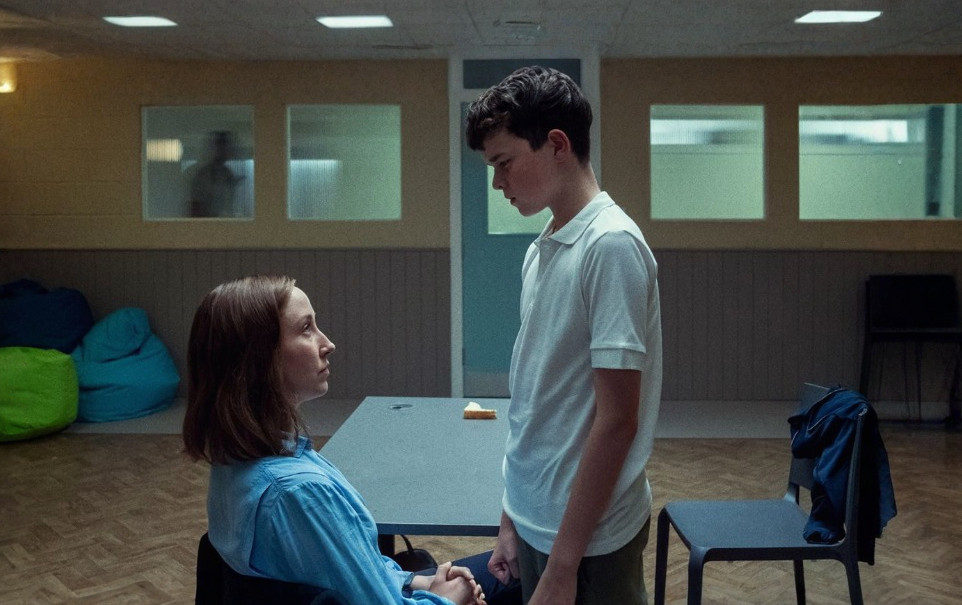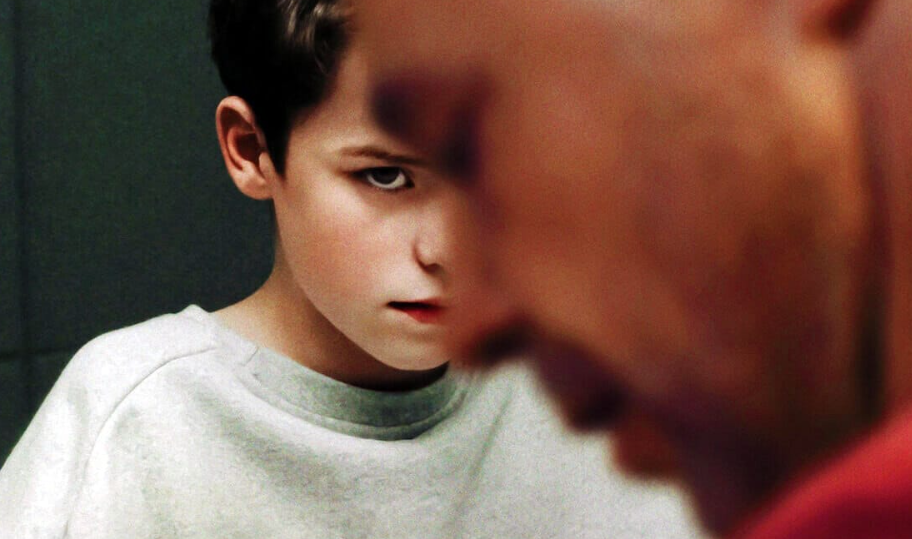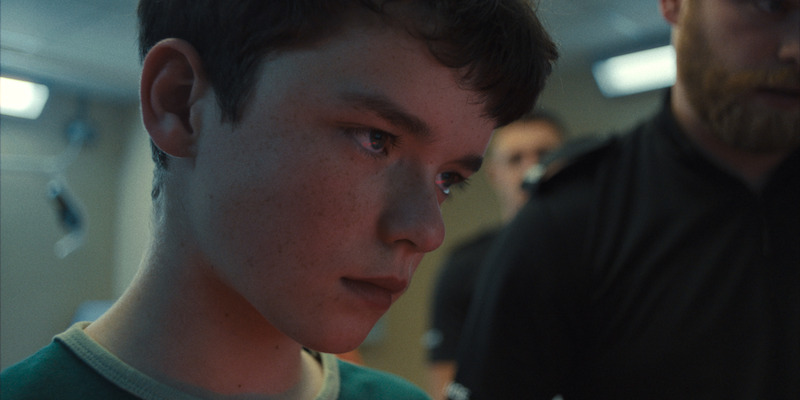Netflix’s Adolescence: The Real-Life Issues Behind the Series

© Netflix
Netflix’s new miniseries Adolescence tells a dark and disturbing story about youth violence and toxic online influences.
The show follows Jamie Miller, a 13-year-old boy accused of killing his classmate, Katie Leonard.
While the story itself is fictional, it is deeply inspired by real-life issues, including rising knife crime among young people and the dangerous influence of online communities that promote harmful ideas.
The Real-Life Inspiration
The creators of Adolescence, Stephen Graham and Jack Thorne, were motivated to make the series after reading real news stories about violent crimes committed by young people. In particular, they were alarmed by cases where teenage boys had attacked girls.
One of the biggest influences on the show was the growing problem of knife crime in the UK. In cities like London, Liverpool, and Manchester, violent attacks involving knives have been on the rise in recent years. Additionally, many of these incidents involve teenagers, some as young as Jamie, carrying knives for protection or being pressured into violence by their peers.

The show also touches on the tragic real-life case of Brianna Ghey, a 16-year-old girl who was murdered in 2023. Brianna’s death shocked the UK and led to widespread discussions about youth violence, online radicalization, and the influence of harmful internet communities. While Adolescence does not directly retell Brianna’s story, its themes reflect many of the same troubling issues.
How Online Communities Influence Young Minds
One of the most important topics explored in Adolescence is the influence of the “manosphere” on young boys. The manosphere is a collection of online communities that promote harmful ideas about gender and masculinity. Moreover, some of these communities encourage violence, misogyny, and extremist beliefs, targeting young boys who may feel lost or insecure.
In the show, Jamie is drawn into these toxic online spaces, which play a role in shaping his thoughts and actions. His story highlights how impressionable young people can be influenced by dangerous online figures who prey on their fears and frustrations. The creators of the series wanted to show how easy it is for boys like Jamie to fall into these harmful spaces, especially when they don’t have strong support systems in real life.
The Connection to Real-World Violence
The rise of knife crime and the growing influence of the manosphere are not just fictional ideas—they are real problems that have been making headlines in recent years. Many experts believe that the two issues are connected. When young boys are exposed to violent and extremist ideas online, they may become more likely to engage in real-world violence.

By telling Jamie’s story, Adolescence brings attention to these serious issues and encourages discussions about how to protect young people from dangerous influences. The show asks important questions: How do we stop young people from being drawn into harmful online spaces? What can be done to prevent youth violence before it happens?
Why Adolescence Matters
Adolescence is not just a crime drama—it’s a powerful look at the real struggles facing young people today. The show serves as a warning about the dangers of unchecked online influence and the growing problem of youth violence. It encourages parents, teachers, and society as a whole to be more aware of what young people are exposed to online and to take steps to prevent these issues from escalating.
By shining a light on these real-life problems, Adolescence hopes to spark important conversations about how we can create a safer world for the next generation.
You might also want to read: Adolescence: A Netflix Series That’s Got Everyone Talking


